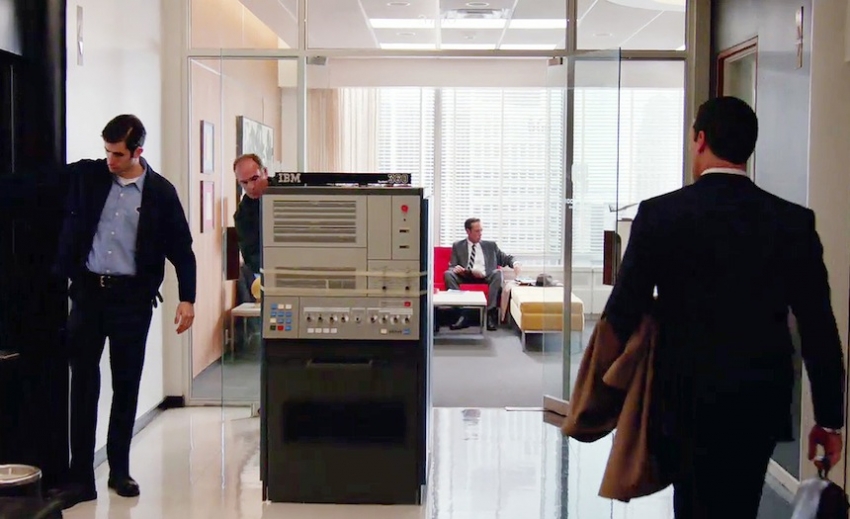I’ve always been a nut for marketing and one of the things that I enjoyed when I was running my own show as a service provider was doing it myself. Now that I am in a larger firm I still have a lot of say in the overall direction of the marketing, but others in the firm prepare the actual materials. However, I think about marketing now more than ever. As it turns out, I’m not alone.
Management consulting firm Korn Ferry surveyed top marketing executives in the US and found that more than 25% reported losing sleep worrying about how to connect marketing efforts to the bottom line. There seem to be a plethora of ways to engage customers today (Facebook, Twitter, email, online ads, etc.) but the ultimate goal is not engagement. It’s business results; AKA profits.
Here’s one way to think about what makes marketing work. In a season 7 episode of Mad Men (I’ve written before about how I’m a fan), the office gets a new IBM System/360. The installer (an IBM employee) asks Don Draper, “Does advertising really work?” Don’s answer is evasive as ever: “It helps to have a good product.”
It’s an interesting reflection of our own industry. Science and technology are the product’s base, but its success depends upon the beliefs of the client. And there are few things less scientific than beliefs.
Many things have changed over the past couple of decades. For one, the expectations of our clients have increased. Even if your job is marketing full time, the reality of that job today would seem alien to those Mad Men and very familiar to most of us in the 3D imaging disciplines. AtTask and MarketingProfs both released surveys this year outlining the typical day of a Chief Marketing Officer.
- 25% worked 10 or more hours per day.
- 40% Multi-Task during meetings.
- More than half eat lunch at their desks.
- 82% have at least six applications open on their desktop at a any given time.
If this is what it takes to be good at marketing, how do those of us that have an entirely different occupation stand a chance? Well, as Don said, it helps to have a good product. After that, here are the ideas that I’ve seen work the best for us and some of our clients.
- Don’t be afraid to ask for help. You probably hired your staff based upon skills that were applicable to 3D imaging as opposed to advertising. Unless you have someone that is truly interested in Google AdWords or SEO, outsource it. These services can be contracted out a la carte and it is a very competitive field (which keeps it affordable).
- Know when to keep it in-house. We work in an industry that is relatively new. We don’t even have an agreed-upon term for someone who works in this industry. You know all about it and I’d be willing to bet that even you struggle to define “what you do” when asked at a cocktail party! Don’t expect an advertising agency to know either. Blog posts, client interaction via social media and project-based promotions are difficult to outsource. In many cases, you or your staff could create the content in-house faster than you could explain it to an outside firm.
- Collect Data. Seeing that your marketing effort engaged a number of readers on LinkedIn or Twitter is satisfying but it doesn’t pay the bills. Did it get you business? You will never know unless you ask your clients. Short surveys and such are nice but engaging the customer in old fashioned “shop talk” is still the best way to gauge the success of various campaigns. Without hard data, you fall back on beliefs and that’s no way to run a business.






